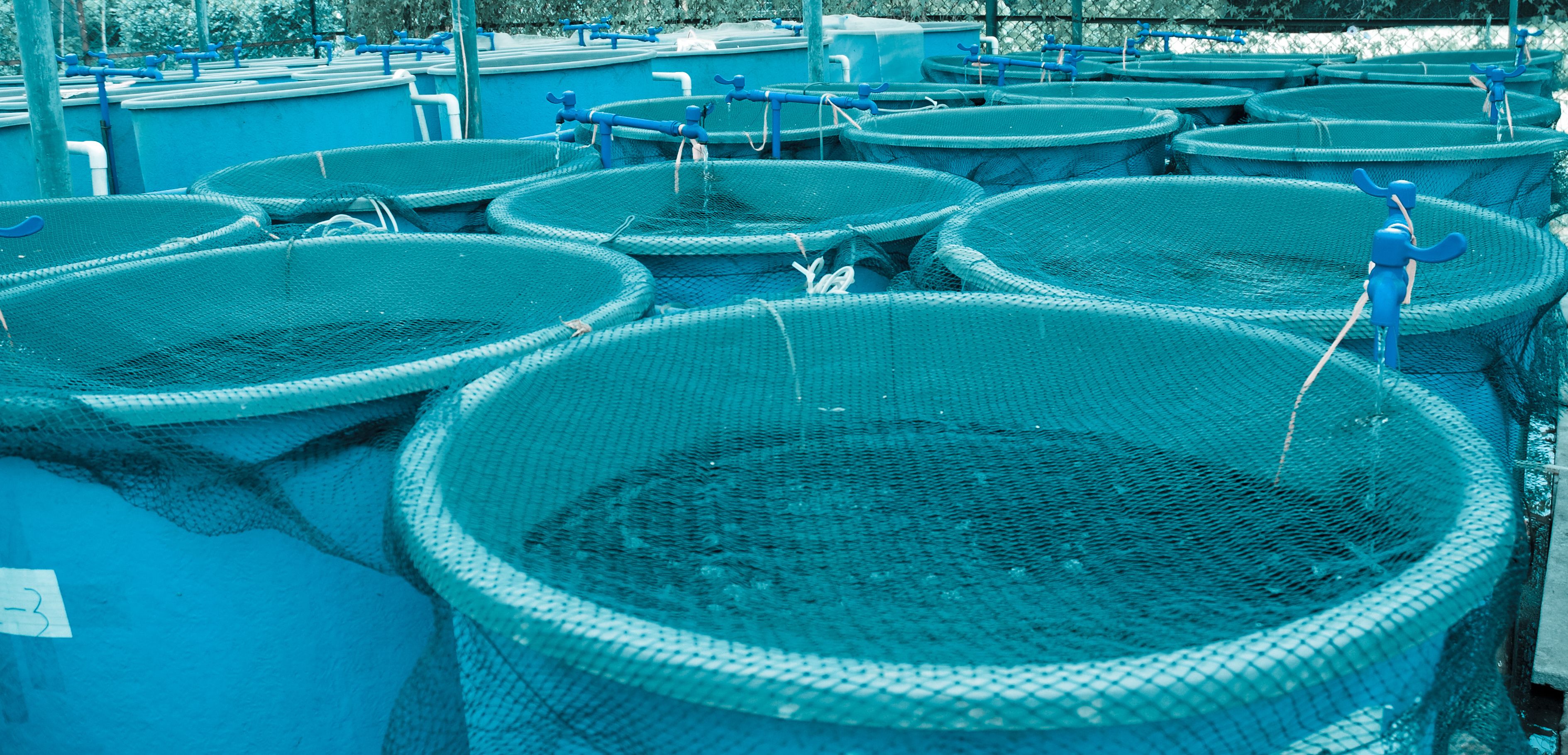New SERS Protocol Developed for Rapid and Ultrasensitive Detection of Drug Additives in Aquaculture
Scientists have developed a solution-based surface-enhanced Raman spectroscopy (SERS) protocol using polystyrene sulfonate modified gold nanobipyramids (PSS-Au BPs) for the detection of cationic dye molecules in aquaculture.
Researchers at Xi'an Jiaotong University in Shaanxi, China, have developed a simple and effective solution-based surface-enhanced Raman spectroscopy (SERS) protocol to improve the activity for the detection of cationic dye molecules in aquaculture. The study, published in the journal Talanta, details how polystyrene sulfonate functionalized gold nanobipyramids (PSS–Au BPs) were synthesized and their halide ions-induced aggregation was used to investigate their influence on the SERS activity (1).
Agriculture aquaculture farm | Image Credit: © defun - stock.adobe.com

The results showed that the PSS-Au BPs demonstrated an improved SERS sensitivity at lower concentrations of the aggregating agents in solution-based SERS. The protocol provides a method for rapid onsite detection of trace-level molecules and can also be applied to other SERS-based analysis.
SERS has been widely used in various fields for the rapid detection of trace-level molecular targets. However, solution-based SERS still faces technological challenges, particularly in weakly adsorbed molecules. The researchers demonstrated that the ionic strength of the solution has an important impact on the colloidal stability and SERS activity. By detecting crystal violet (CV) molecules, the PSS-Au BPs showed an improved SERS sensitivity with a limit of detection (LOD) of 3.28 × 10−11 M.
Solution-based SERS is a method that utilizes plasmonic metal nanoparticles to enhance the Raman scattering of analytes in solution. The SERS effect is because of the strong electromagnetic field at the nanoscale gaps between metal nanoparticles that amplifies the signal of adsorbed molecules. Controlling the aggregation state of the nanoparticles and modifying their surface chemistry can improve the SERS activity. Solution-based SERS has potential applications in the rapid detection of trace-level molecules.
The researchers also tested the protocol's generality by detecting trace amounts of three more dyes such as malachite green (MG), methylene blue (MB), and rhodamine 6G (R-6G), as well as other molecules such as thiram and bisphenol-S. This method provides a rapid and ultrasensitive detection of drug additives in aquaculture, which could potentially help regulate the use of such additives in food production.
Reference
(1) Amin, M. U.; Li, L.; Zhang, R.; Fang, J.Rapid and ultrasensitive solution-based SERS detection of drug additives in aquaculture by using polystyrene sulfonate modified gold nanobipyramids. Talanta 2023, 251, 123800. DOI: 10.1016/j.talanta.2022.123800
AI-Powered SERS Spectroscopy Breakthrough Boosts Safety of Medicinal Food Products
April 16th 2025A new deep learning-enhanced spectroscopic platform—SERSome—developed by researchers in China and Finland, identifies medicinal and edible homologs (MEHs) with 98% accuracy. This innovation could revolutionize safety and quality control in the growing MEH market.
AI-Driven Raman Spectroscopy Paves the Way for Precision Cancer Immunotherapy
April 15th 2025Researchers are using AI-enabled Raman spectroscopy to enhance the development, administration, and response prediction of cancer immunotherapies. This innovative, label-free method provides detailed insights into tumor-immune microenvironments, aiming to optimize personalized immunotherapy and other treatment strategies and improve patient outcomes.
New AI-Powered Raman Spectroscopy Method Enables Rapid Drug Detection in Blood
February 10th 2025Scientists from China and Finland have developed an advanced method for detecting cardiovascular drugs in blood using surface-enhanced Raman spectroscopy (SERS) and artificial intelligence (AI). This innovative approach, which employs "molecular hooks" to selectively capture drug molecules, enables rapid and precise analysis, offering a potential advance for real-time clinical diagnostics.
Best of the Week: Chewing Gum with SERS, Soil Carbon Analysis, Lithium-Ion Battery Research
January 17th 2025Top articles published this week include a Q&A interview that discussed using surface-enhanced Raman spectroscopy (SERS) to investigate microplastics released from chewing gum and an article about Agilent’s Solutions Innovation Research Award (SIRA) winners.